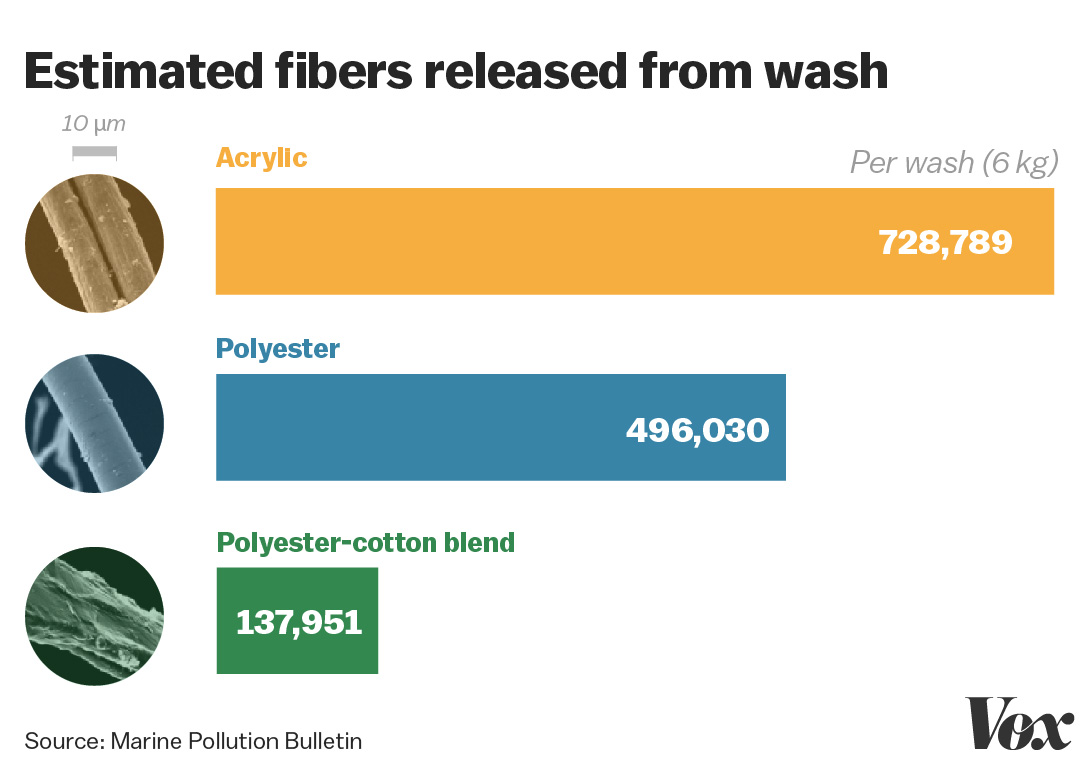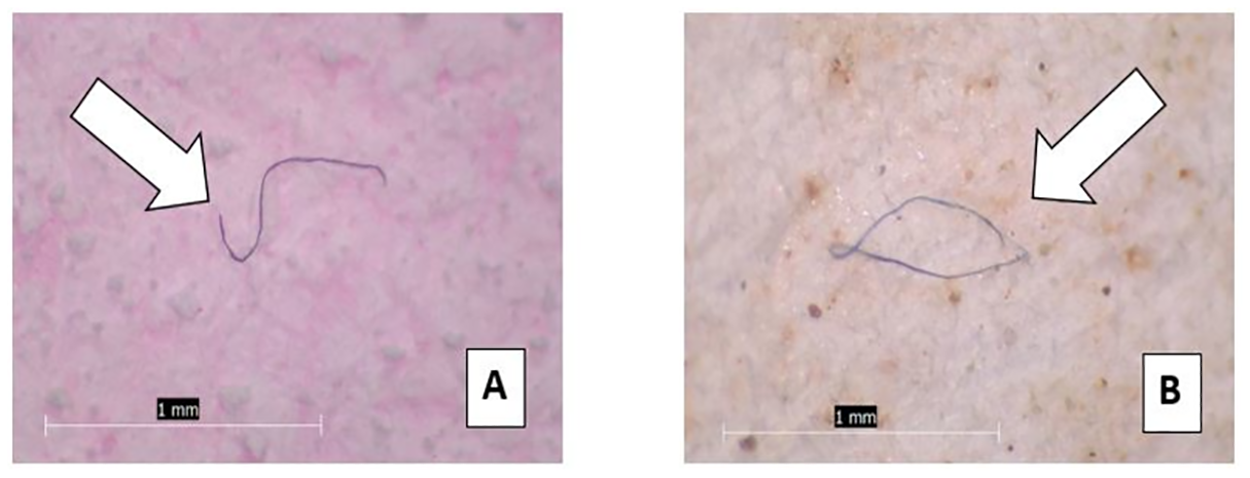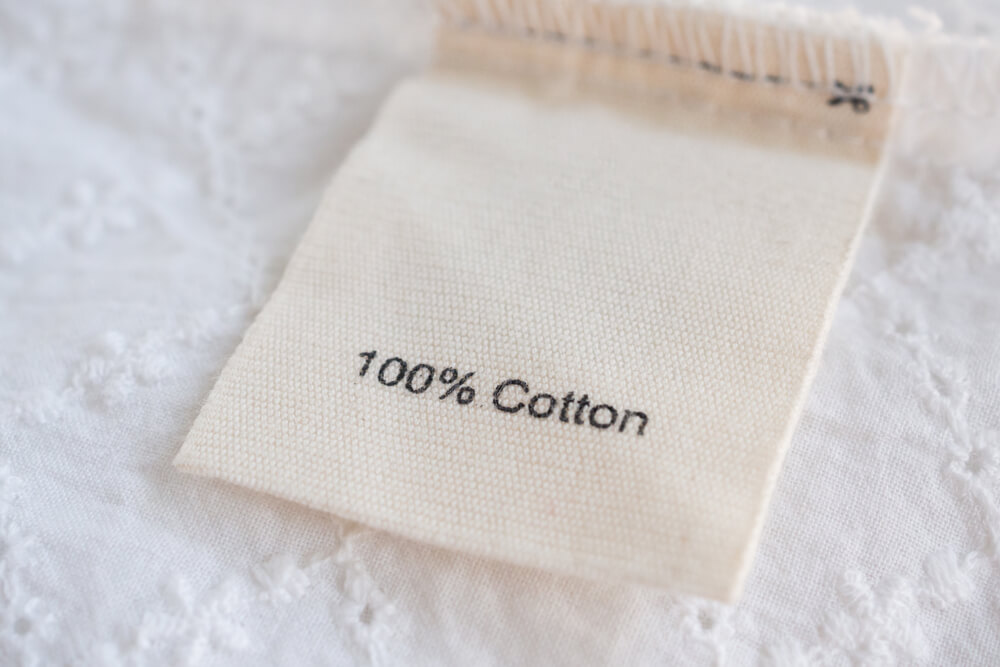Blog
Useful but harmful. How washing clothes made from synthetic materials causes ocean pollution?
Synthetic fibres have good elasticity, dry fast, and keep warm. However, if you wash them in a washing machine, you send out thousands of plastic particles to the oceans.

In a single load of laundry, up to 700,000 fibres could be released into the water supply, says a study conducted by researchers from the University of Plymouth. The biggest source of pollution is synthetic fibres, such as acrylic fibres, polyester, or mixtures containing these plastics.
No. 1 problem
Findings that synthetic fabrics are the largest source of microplastic fibres in the ocean are rather disturbing. Tires, city dust, or cosmetic products come after them.
In paradox, the production of clothes made from synthetic fabrics grows. On a global scale, clothes made of polyester, nylon, acrylic fabrics, and other synthetic fibres comprise up to 60% of the total production. There are more reasons behind.
The production from synthetic materials is inexpensive, and thus more than welcomed in fast fashion industry. As well as low price, the consumers benefit from many features which enhance functionality. Synthetic fibres dry fast, are elastic, and keep warm.
But there is also the dark side. When the clothes made from synthetic fabrics with plastic fibres of approximately five millimetres in length and with a diameter of few micrometres are washed, they release thousands of plastic particles into the ocean.

Retrieved from: Vox.com
The misinterpreted perception of the volume combined with the limited available information could make a false impression that this issue is insignificant. But now think about how many households washes their clothes on a daily basis. The threat posed by the plastics to the ocean ecosystem has to be considered as well.
They are everywhere
Mary O'Connor, a journalist for the Ensia portal confirms that the impact of microplastic fibres on the animal and human welfare needs more research. However, it is known that microplastics are included in the food chain.
An average person ingests 5,800 plastic particles annually. These come from the tap, bottled, and saline water, and can be found even in beer.
 Microplastics found in the Pacific (A) and in the Atlantic (B). Retrieved from: Journals.plos.org
Microplastics found in the Pacific (A) and in the Atlantic (B). Retrieved from: Journals.plos.org
Microplastics get into circulation in human body also after the ingestion of animal food. The microplastic occurrence rate in fish gut reached 73% in the Northwest Atlantic underlines the alarming situation. Fishes, crabs, and other aquatic animals confuse the microplastics with their food which, at the end of the day, leads to limited ingestion of actual food, and thus to decreased energy reserves.
And there is more! Microplastic fibres also endanger animals living in the Mariana Trench, the deepest trench in the world. The occurrence of microplastics was also recorded in the Arctic sea ice and in the Asian mangrove ecosystem.
Solution
According to Imogene Napper, the co-author of the university study, a large portion of the microplastics will get caught by sewage treatment works. “But the small portion is going to accumulate in small quantities. And once the plastics are in the ocean environment, there’s no effective way to remove them,” says Napper for Vox.
Therefore, it is of utmost importance to find solutions before the plastics reach the ocean. In practice, the consumer should buy pieces of clothing made of organic and quality fabrics, instead of “plastic” clothes.
Moderation is the way to compensate for buying high-quality clothes which often comes more pricey, i.e. it's better to have fewer functional pieces than more cheap ones of poor quality.

Many experts and environmental activists advise to wash clothes only when it's really necessary. If you do not sweat the clothes during the day or if the clothes weren't in contact with skin, there is no reason to put them in the laundry basket.
The threat posed by washing of synthetic clothes brings to light the use of laundry balls made of reusable materials. As the name suggests, the balls are intended to catch the microplastic in the washing machines.
Special filters for microplastics, which are used next to the washing machine, work on similar principle. The evaluation of their effectiveness, however, requires further research. Professor Thompson from the University of Plymouth recommends trying them. He, however, reminds not to clean them in the basin.
More articles
Hydrotech was awarded with a project involving the WWTP for syrups manufacturing company
Hydrotech has again confirmed its qualities in Russia where we succeeded in being awarded a project which includes execution of the WWTP for a...
The Danube has a problem: It suffers from an increase in plastic and pharmaceutical waste
At present, 322 million tonnes more plastics are produced than in 1950. Even the tenth of this will end up as waste in the sea.
